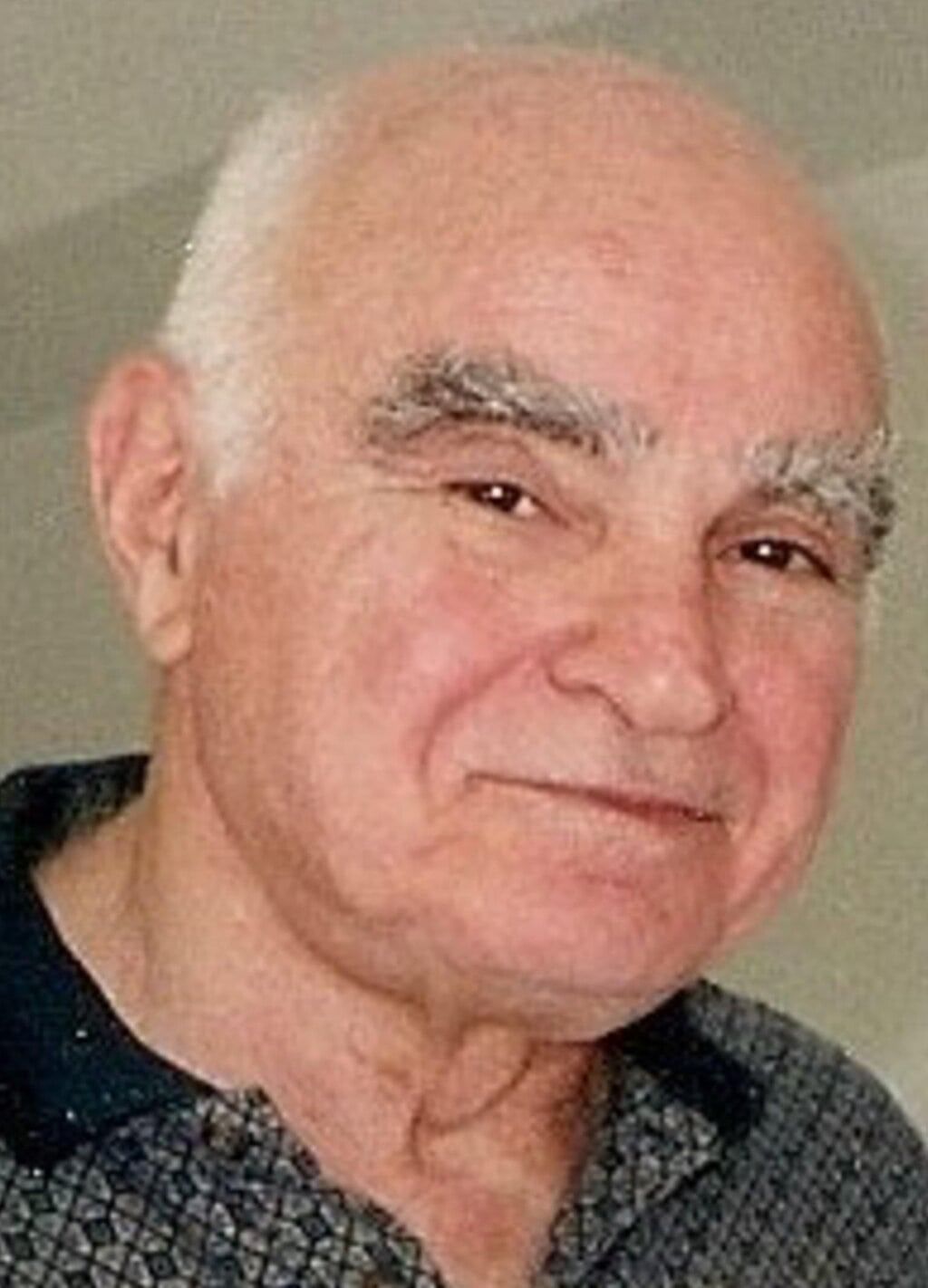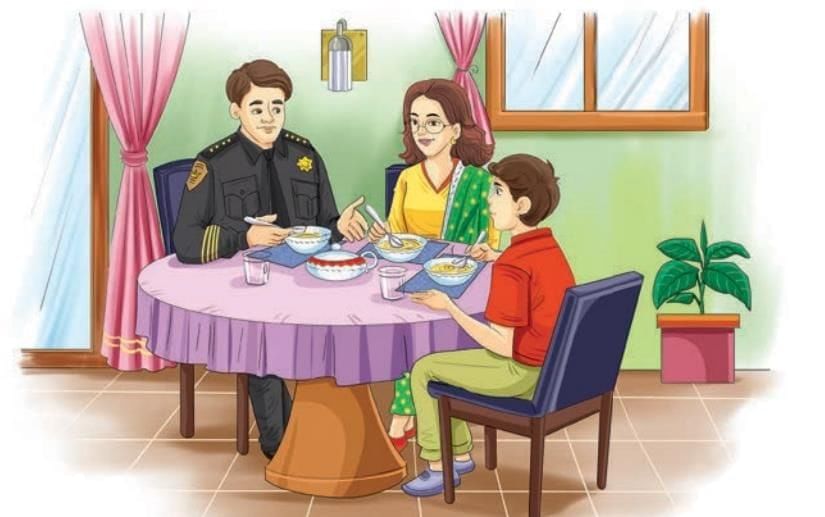The Case of the Fifth Word Chapter Notes | Chapter Notes For Class 8 PDF Download
| Table of contents |

|
| Introduction |

|
| About the Author |

|
| Key Points of the Story |

|
| Detailed Summary |

|
| Theme/ Message |

|
| Difficult Words |

|
Introduction
In the quiet town of Idaville lived a boy named Leroy, better known as Encyclopedia Brown because of his sharp memory and vast knowledge. Though only in eighth grade, he had a special talent—he could solve mysteries that even adults found puzzling. Living with his father, the town’s Police Chief, Encyclopedia often helped crack tough cases over dinner conversations. This story takes us into one such mystery involving a dead man, a strange message with four odd words, and a long-missing set of stolen jewellery. With just one clever question, Encyclopedia sees what no one else could and reveals the hidden truth. It is a story of sharp observation, logical thinking, and how even the smallest clue can solve the biggest mystery.
About the Author
Donald J. Sobol was an American author best known for writing the Encyclopedia Brown series. He was born in 1924 and wrote many stories and books for children. His stories are famous for their mystery-solving style, where the reader is invited to think along with the detective. The Encyclopedia Brown books have inspired many young readers to think critically and observe the world.
 Donald J. Sobol
Donald J. Sobol
Key Points of the Story
- Encyclopedia Brown is a young boy who lives in Idaville, USA, and is known for solving mysteries.
- His father, Chief Brown, is the Chief of Police, and they often discuss cases at the dinner table.
- One day, Chief Brown brings up the death of Tim Nolan, who was previously involved in a jewellery robbery.
- Tim Nolan had a partner named Daniel Davenport, who disappeared after the robbery and was suspected of hiding stolen jewellery.
- Nolan died of a stroke, and before he passed away, he wrote a will leaving everything to Davenport.
- A sheet of paper with four strange words was found attached to the will, which intrigued Chief Brown and his family.
- Encyclopedia Brown deduces that the four words are a code to reveal where the stolen jewelry is hidden.
- He realises that the words correspond to days of the week, leading him to conclude where the jewellery is located.
- The jewellery is ultimately found under a young fir tree in Nolan's palm-tree nursery, just as Encyclopedia predicted.
- Through clever thinking and deduction, Encyclopedia helps his father solve the case, showcasing his detective skills.
Detailed Summary
Encyclopedia Brown, a young boy from Idaville, lives with his parents. His father is the Chief of Police. Although Encyclopedia is only in eighth grade, he secretly helps his father solve some of the hardest cases the police face. The Brown family often discusses mysteries at the dinner table, and that’s where the boy solves them before dessert is served.

One evening, Chief Brown comes home looking worried and announces that Tim Nolan has died. Tim Nolan had once been suspected of a jewellery robbery five years ago but was never arrested because there was no proof. Chief Brown always believed that Nolan and his friend Daniel Davenport had committed the crime together.
Nolan and Davenport had met in prison and became friends. Nolan later started a palm-tree nursery in Idaville. A week before the jewellery robbery, Davenport moved in with him. During the robbery, a clerk almost identified Nolan when his mask slipped, but she wasn’t sure enough to testify. After the robbery, Davenport vanished and was never seen again.

Chief Brown says that Nolan died of a stroke. Before dying, he left a will that gave all his property, including the nursery, to Davenport. Along with the will, there was a page from a calendar that had four strange words written on it: “Nom Utes Sweden Hurts.” Chief Brown couldn’t figure out what it meant and brought it to the dinner table for discussion.

Mrs. Brown, who used to be a teacher, tried to guess the meaning of the words but couldn’t solve the puzzle. Encyclopedia read the words carefully, closed his eyes for a moment, and asked a single question: “Is there a young fir tree in Mr. Nolan’s nursery?” Chief Brown was surprised and confirmed that there was just one fir tree near the south side of the house.
Encyclopedia then explained that the four strange words stood for the first four days of the week: Monday, Tuesday, Wednesday, and Thursday. Nolan had dropped the letters “d-a-y” from each word and rearranged the rest to form Nom, Utes, Sweden, and Hurts. That meant the next, or fifth, day was Friday—“Fir” for short.

With that final clue, Chief Brown realised that the stolen jewellery must be hidden under the fir tree. When they searched the spot, they found the missing jewels buried inside a 20-gallon jug of earth from which the tree was growing. Nolan had tried to pass the secret message to Davenport before dying, but Encyclopedia solved the case first.
The jewellery was recovered, and the mystery was finally solved, all thanks to the clever thinking of a young detective before the soup had even gone cold.
Theme/ Message
Theme
- The theme of the story highlights the importance of intelligence and critical thinking in solving problems.
- It also emphasises the value of family discussions and how they can lead to creative ideas and solutions.
- The relationship between Encyclopedia and his father illustrates a supportive bond that encourages learning and growth.
Message
- The story conveys that anyone, regardless of age, can be smart and capable of solving complex problems.
- It teaches readers that observation and reasoning can lead to uncovering hidden truths.
- Additionally, the story shows that communication and collaboration within a family can enhance understanding and foster creativity.
Difficult Words
- Detective: A person whose job is to find out information about crimes.
- Mystery: Something that is difficult to understand or explain; a puzzle.
- Evidence: Information that helps to prove something is true or false.
- Suspicious: Having doubts about someone or something; feeling that something is wrong.
- Clipped: Cut off or removed from something.
- Deduced: To come to a conclusion based on reasoning; to figure something out.
- Code: A system of words, letters, or signs used to represent something else, often kept secret.
- Nursery: A place where plants are grown and cared for before being sold or planted.
- Stroke: A medical condition in which blood flow to the brain is interrupted, causing serious health problems.
- Will: A legal document stating how a person's belongings should be distributed after they die.
- Robbery: The crime of taking something from someone by force or threat.
- Testify: To speak or give evidence in court.
FAQs on The Case of the Fifth Word Chapter Notes - Chapter Notes For Class 8
| 1. What is the main theme of "The Case of the Fifth Word"? |  |
| 2. Who is the author of "The Case of the Fifth Word" and what is their background? |  |
| 3. What are some difficult words found in "The Case of the Fifth Word"? |  |
| 4. Can you provide a detailed summary of "The Case of the Fifth Word"? |  |
| 5. What message does "The Case of the Fifth Word" convey about communication? |  |















